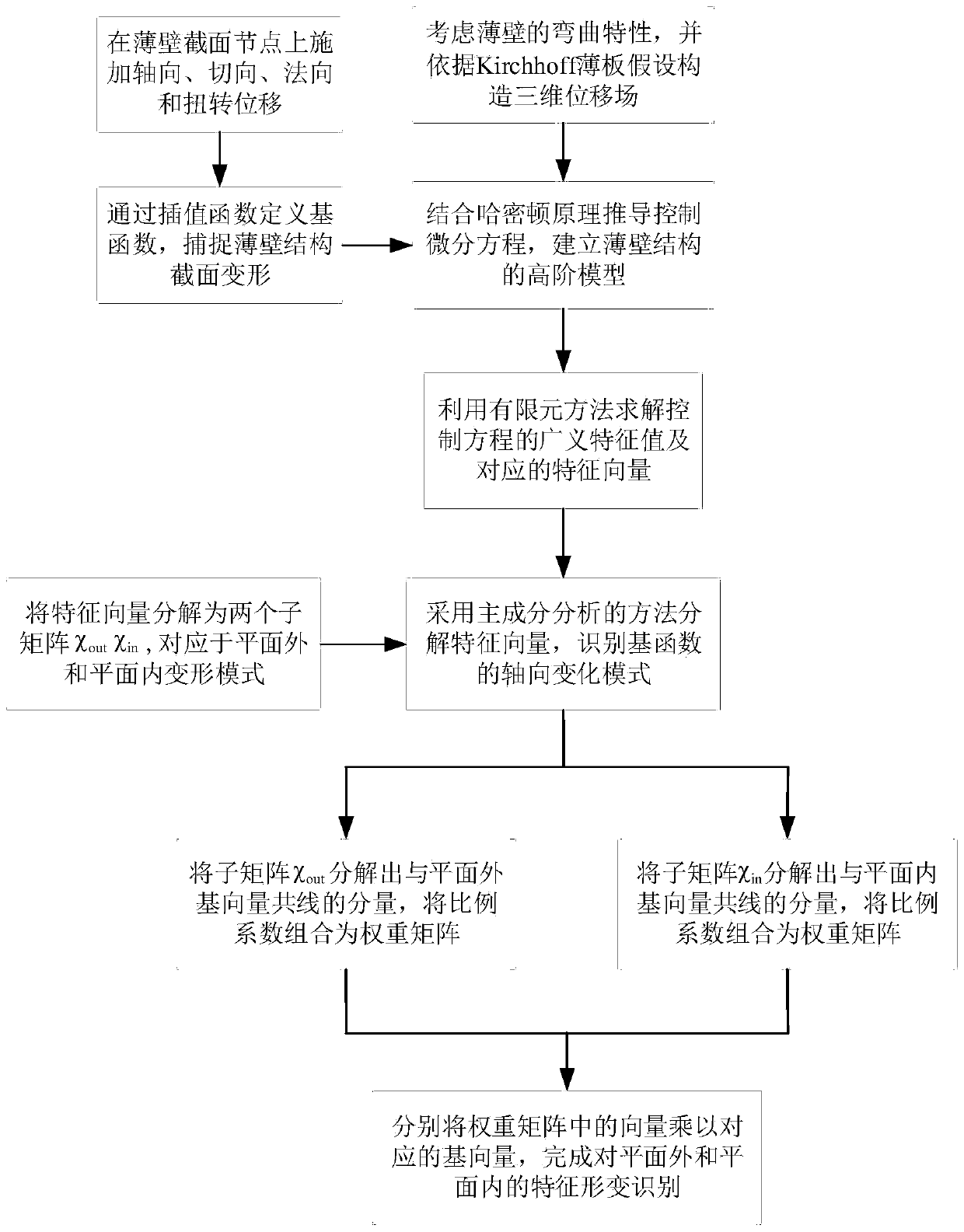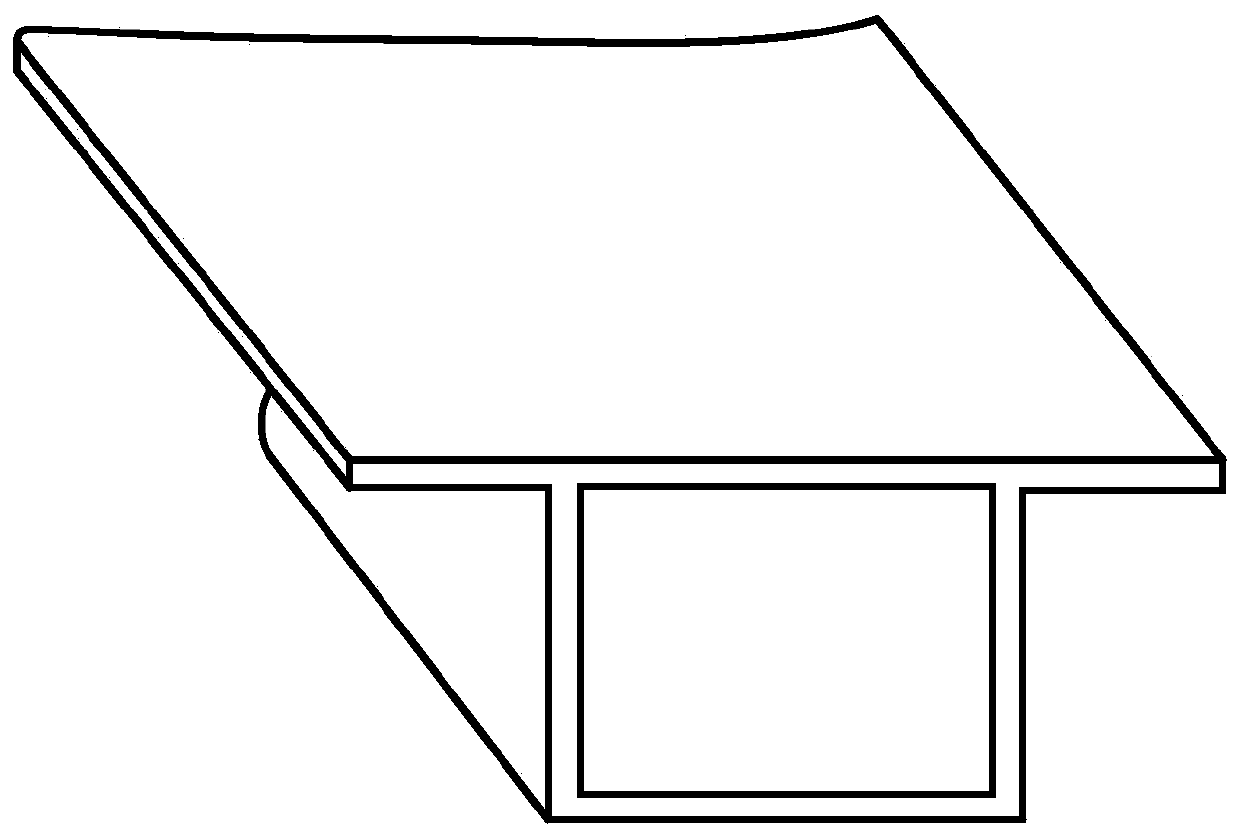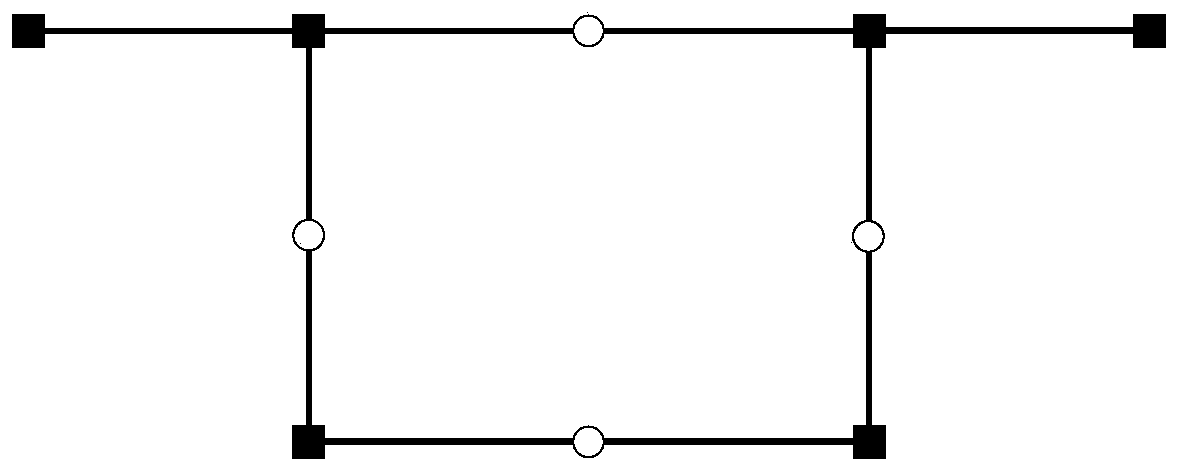Thin-wall section characteristic deformation identification method
A cross-sectional feature and recognition method technology, applied in the direction of instrumentation, geometric CAD, design optimization/simulation, etc., can solve the problems that the deformation mode is difficult to apply to various geometric and boundary conditions, the number of deformation modes is large, and the calculation cost is high, reaching a clear level Sex and physical interpretability, reduce computational cost, and improve computational efficiency
- Summary
- Abstract
- Description
- Claims
- Application Information
AI Technical Summary
Problems solved by technology
Method used
Image
Examples
Embodiment 1
[0070] by figure 2 The out-of-plane deformation mode of the first-order eigenvector of the thin-walled structure of the prism section shown is the identification object, and the specific implementation steps are as follows:
[0071] Step 1. The thin-walled section node diagram is as follows image 3 As shown, 6 first-level nodes and 4 second-level nodes are used to capture the deformation of the thin-walled section. The out-of-plane deformation corresponds to the axial deformation of the section. There are 10 original out-of-plane deformation modes. The high-order model of the wall structure defines the basis function by applying node displacement interpolation on the thin-walled section, making the basis function capture the section deformation of the thin-walled structure as accurately as possible, considering the bending characteristics of the thin-walled structure, and based on the Kirchhoff thin-plate assumption The three-dimensional displacement field is constructed, a...
PUM
 Login to View More
Login to View More Abstract
Description
Claims
Application Information
 Login to View More
Login to View More - R&D
- Intellectual Property
- Life Sciences
- Materials
- Tech Scout
- Unparalleled Data Quality
- Higher Quality Content
- 60% Fewer Hallucinations
Browse by: Latest US Patents, China's latest patents, Technical Efficacy Thesaurus, Application Domain, Technology Topic, Popular Technical Reports.
© 2025 PatSnap. All rights reserved.Legal|Privacy policy|Modern Slavery Act Transparency Statement|Sitemap|About US| Contact US: help@patsnap.com



